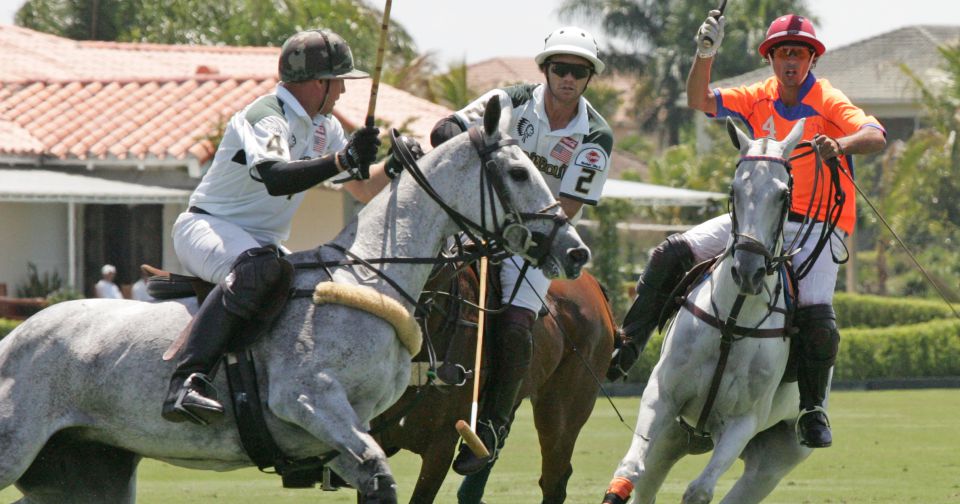The Museum
MISSION
The Museum is dedicated to fostering an appreciation of the sport, its history, development, and traditions by aquiring, preserving, exhibiting and interpreting collections, as well as honoring those who have made outstanding contributions to the sport.
IDEA
The National Museum of Polo and Hall of Fame commits to greater inclusion, diversity, equity, and access (IDEA) in every facet of our mission and internal culture. We embrace the multiplicities of our communities regardless of race, gender, sexual orientation, age, family structure, creed, abilities, or socioeconomic status. To mirror and serve our communities better, we looked inwards and recognized an urgent need to improve, especially in the Museum’s approach to issues of race. The Polo Museum pledges to continue to diversify our collection, exhibitions, programs and outreach and to foster efforts that advance equity through access and inclusion, so all visitors, staff, and community members feel welcome and empowered.
HISTORY
In 1978 over a lunchtime conversation between polo players - George C. Sherman, Jr., Philip Iglehart, Leverett Miller and Jeremy Chisholm the idea of a polo musuem was conceived. They were dedicated to the preservation of artifacts and the history of the game. With Sherman and Iglehart leading the charge, Chisholm, a collector of polo art was receptive to lending his expertise and Lev Miller, who was in the architectural field, provided his vision of a museum.
Over the next several years, many locations and ideas were examined and surveyed to determine the best location for a permanent home for a museum. Simultaneously, the concept was presented to the polo community and an initial collection of artifacts was begun and continued to be actively pursued by Philip Iglehart over a decade.
In July 1988, a temporary home was established at the Kentucky Horse Park and the conceptual drawings of a permanent Museum and the collected artwork and artifacts were put on display to generate interest and support. In 1997 the museum opened its door in Palm Beach County, the heart of world class polo where it remains.
As the only polo museum in the world it continues to grow its outreach, collections and physical space. The Museum is a rich repository of documents and physical treasures which include works of art, historic trophies, artifacts, books, statistics, periodicals, films, videos, recordings and memorabilia.
While polo is played all year, the high goal season is best in the world in Palm Beach County during January through April. During the season over President's day weekend the museum celebrates and honors those human and equines who have made a tremendous impact on the sport. Heroes of the sport, past and living are honored during the Hall of Fame Gala Ceremony.

